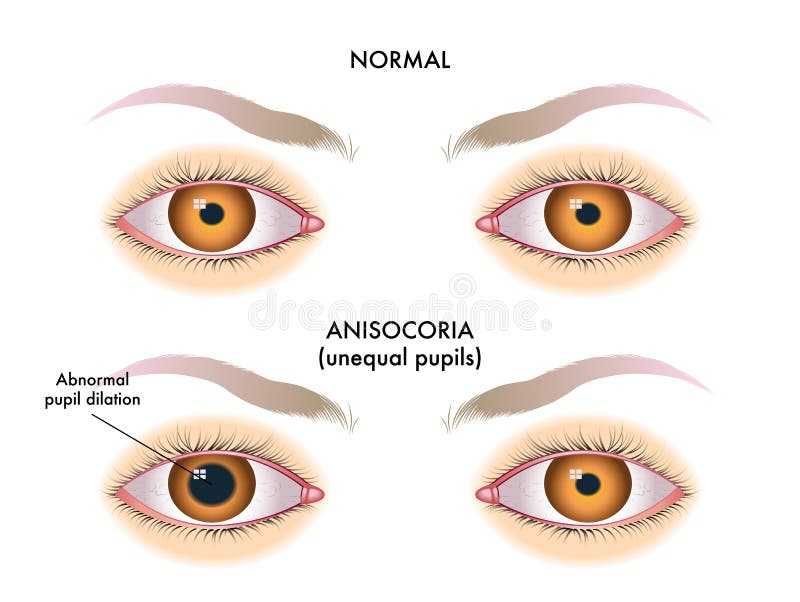
A clot that forms deep within the brain tissue itself is called an intracerebral hematoma. A clot that forms between the brain and the dura is called a subdural hematoma.

A clot that forms between the skull and the dura lining of the brain is called an epidural hematoma. Symptoms vary depending on the location of the clot. A hematoma may be small or it may grow large and compress the brain. Clotting is the body's natural way to stop the bleeding. Blood that escapes the normal bloodstream starts to thicken and clot.

Diffuse axonal injury (DAI) is a shearing and stretching of the nerve cells at the cellular level.In coup injuries, the brain is injured directly under the area of impact, while in contrecoup injuries it is injured on the side opposite the impact. Contusion is a bruise to a specific area of the brain caused by an impact to the head also called coup or contrecoup injuries.Concussion is a mild head injury that can cause a brief loss of consciousness and usually does not cause permanent brain injury.Loss of consciousness lasting more than 6 hours. Severe: person is unconscious eyes do not open, even with stimulation.Some brain swelling or bleeding causing sleepiness, but still arousable. Loss of consciousness lasting 20 minutes to 6 hours. Moderate: person is lethargic eyes open to stimulation.Symptoms can include confusion, disorientation, memory loss, headache, and brief loss of consciousness. Traumatic brain injuries are classified according to the severity and mechanism of injury: During impact to the head, the soft brain crashes back and forth against the inside of the hard skull causing bruising, bleeding, and shearing of the brain. This is called secondary injury, which is often more damaging than the primary injury.įigure 1. After the initial impact occurs, the brain undergoes a delayed trauma – it swells – pushing itself against the skull and reducing the flow of oxygen-rich blood. At first the person may appear fine, but their condition can decline rapidly. Immediately after the accident the person may be confused, not remember what happened, have blurry vision and dizziness, or lose consciousness. During the impact of an accident, the brain crashes back and forth inside the skull causing bruising, bleeding, and tearing of nerve fibers (Fig. Sometimes the skull may be fractured, but not always. Primary injuries can involve a specific lobe of the brain or can involve the entire brain. The injury that occurs at the moment of impact is known as the primary injury. TBI is an injury to the brain caused by a blow or jolt to the head from blunt or penetrating trauma. Most people who suffer moderate to severe TBI will need rehabilitation to recover and relearn skills.

Those who survive a brain injury can face lasting effects in their physical and mental abilities as well as emotions and personality. While treatment for mild TBI may include rest and medication, severe TBI may require intensive care and life-saving surgery. Injuries can range from mild concussions to severe permanent brain damage. Common causes include car or motorcycle crashes, falls, sports injuries, and assaults. Traumatic brain injury (TBI) is sudden damage to the brain caused by a blow or jolt to the head.


 0 kommentar(er)
0 kommentar(er)
